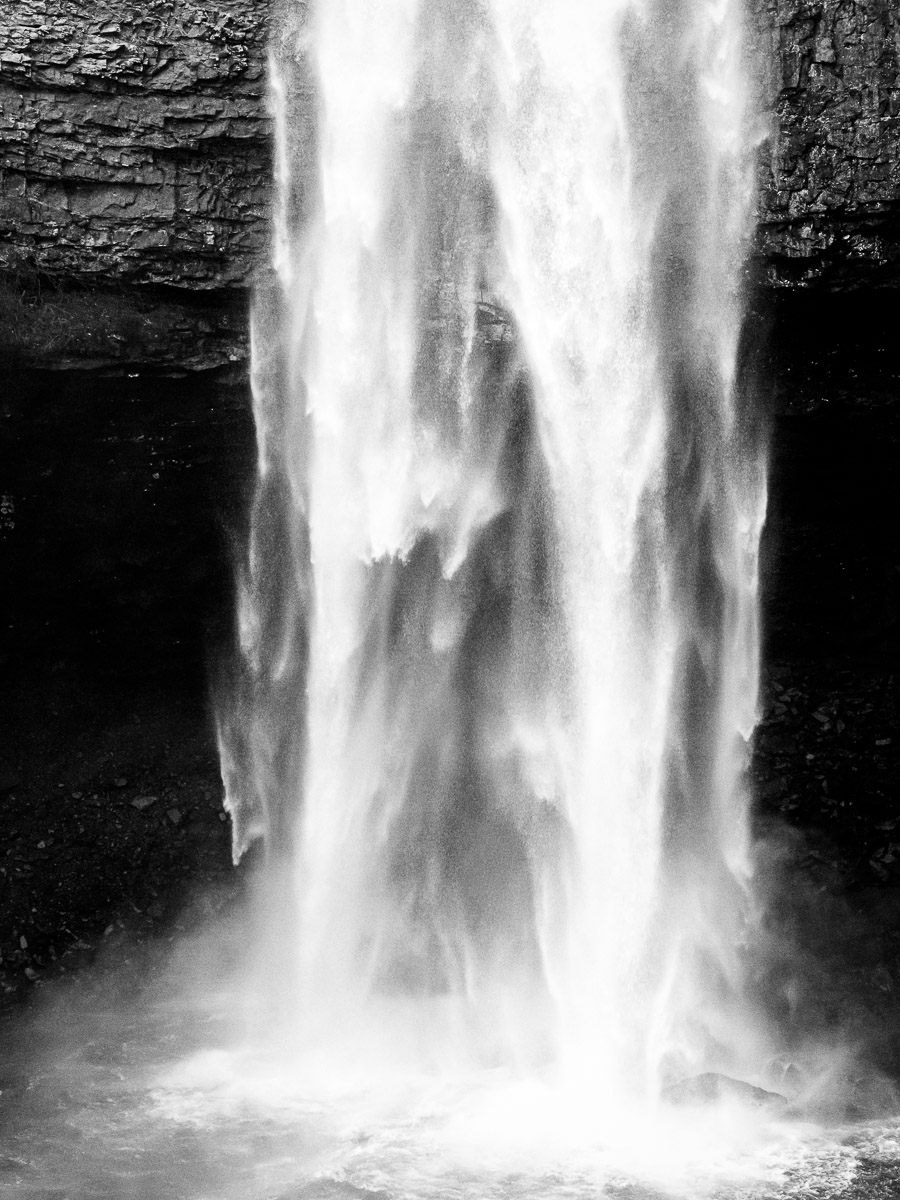
Last week, my wife, dog, and I headed out for a roughly week-long adventure. Normally, this entails a trip to St. George Island, Florida. Unfortunately, by the time I got around to trying to get an appropriate beach house rented (in other words, I procrastinated), I couldn’t find one that checked all the boxes that needed to be checked. Not anticipating such an occurrence, I hadn’t considered having a backup plan.
But, my wife jumped on the internet and discovered Fall Creek Falls State Park located a few miles outside Spencer, Tennessee. The park, which contains more than 29,000 acres, is home to numerous cascades and waterfalls, gorges, streams, and virgin hardwood forests. The federal government began purchasing the land that makes up the park in 1937. In 1938, the Works Progress Administration and Civilian Conservation Corps began work to restore the forest and build park facilities. Ownership of the property was transferred from the National Park Service to the State of Tennessee in 1944.
The first place we visited was the area that overlooks the park’s namesake waterfall: Fall Creek Falls. At 256 feet tall, Fall Creek Falls is one of the highest waterfalls in the eastern United States. From the overlook, there was a trail that led to the base of the waterfall. So, early the next morning, I headed down the trail. The trail ended at the waterfall’s plunge pool, and, when I finally got to the location, I was awe-struck. Actually, that’s a huge understatement. The volume of falling water was massive. I had never seen—or heard—anything like it, and it was absolutely stunning.
However, I quickly realized I was not properly prepared for the conditions I faced. The falling water created both a heavy mist and a constant swirling breeze. The combination of mist and breeze meant everything in the area was dripping wet. This quickly included me and my equipment. Rain gear was pretty much a necessity, but, of course, mine was back at the cabin.
It didn’t take long before my clothes were soaked, and my tripod looked like it had been left in a rainstorm. All that water also meant the surrounding rocks were very slippery and very precarious, and I began having visions of slipping on the rock and either falling into the water below or breaking a leg. Ahhhh. . .the life of a landscape photographer, I suppose.
Photographing the waterfall proved to be quite challenging and required a multi-step process. First, I would attach the camera to the tripod and frame the scene. Next, I had to take the camera off the tripod and wipe the water off the front of the lens. Then, I would put the camera back on the tripod without it shifting on the slick rocks while, at the same time, trying to protect the lens from the constant spray of water. Finally, I would press the shutter button while hoping there were no water droplets on the front of the lens.
Typically, I use relatively long shutter speeds to smooth out the flow of water. But, in this instance, I didn’t feel that really did justice to the scene. I could see different patterns within the falling water, and I wanted to capture those patterns. The only way to do that was to use a fast shutter speed, and I ended up using 1/500 of a second.
The light level was very low, so I selected an aperture of f/5.6. Standing about 30 feet from the waterfall using a focal length of 35mm, I knew that aperture would provide sufficient depth of field to ensure the entire image was sharp.
Based on these factors, my ISO, which I had set on auto, was 12800. I knew that would create a significant amount of noise, but I didn’t have any other options at the time. Of course, looking back at it now, I probably could have opened the aperture by a stop to f/4 thereby reducing the ISO to 6400 and mitigating some of the noise. Hmmm. . .wish I had thought about that!
I didn’t do much to process this image. Because of the challenges framing the composition, I had to rotate the frame to correct a slight tilt. I went back and forth for a few minutes about whether to process the image as a color or black and white photograph. I finally gave the edge to black and white and made the conversion.
Converting a color picture to black and white always causes a loss of contrast and leaves the image looking very flat, so I used Lightroom’s tone curve to increase the contrast and provide separation between the waterfall and background rocks. Finally, I reduced the noise to what I considered an acceptable level, and enhanced the texture and clarity of the picture to provide a little more definition in the water and rocks.